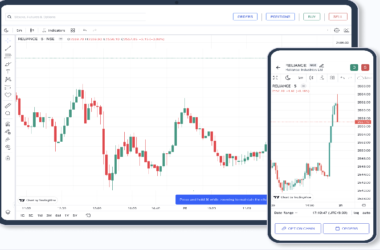Employees are the backbone of any company’s growth. They build the base on which the company stands strong. When someone works so hard and diligently, the company feels the need to pay them back with a gesture or financial help when they retire. Pension is that gesture, a way of saying thank you to those who worked hard for the company.
The Employee Pension Scheme (EPS) is a pension plan with an aim to provide financial support to employees in their retirement years. In today’s age, when things change in no time, having such support becomes vital.
With various other financial factors to plan, planning your retirement and comfort is also important. So being educated about your company, the pension plan they offer, how much pension you might receive, calculating the pension with the help of a pension calculator, etc., is the need of the times.
How Does the Employee Pension Scheme Work?
- The EPS applies to employees who opted for the scheme on or after 16th November 1995.
- The employer collects 12% of the employee’s salary for the Provident Fund and the Employee Provident Fund (EPF). 8.33% goes to the EPF, and the remaining goes to the PF.
- The base salary is considered ₹15,000, which makes ₹1,250 the maximum cap for the amount that goes to the EPF. If the salary is less than ₹15,000, it is 8.33% of that particular amount. Whereas if the amount is more than ₹15,000, it will remain ₹1,250.
- Apart from this amount, the government and the employer contribute to your pension (EPS specifically);
- The government contributes 1.16% of your average salary.
- The employer contributes the amount that equals your contribution to the EPF, and 8.33% of that goes to your EPS (specifically).
- The employee receives the total amount in periodic payments or in a lump sum (if you go for commutation) after your retirement for 15 years.
- You receive additional benefits from this scheme, like provisions for nominees or family members in case of the unfortunate death of the employee.
- The pension scheme is also governed so that the scheme is completed smoothly and all the legal regulations are followed.
How to Calculate the Pension Under the Employee Pension Scheme?
The formula is very straightforward:
| Pension = Average Salary X Pensionable Service ÷ 70 |
- Average Salary = Average salary means the sum of your basic salary and dearness allowance. It is an average of the last 60 salaries drawn by that specific employee.
- Pensionable Service = Pensionable Service equals the years worked in the organisation after 15th November 1995. The number of years the employee made a contribution to the collection of their EPS account. The years are often rounded off to the nearest number.
Let us understand this with an example.
Maximum Average Salary = ₹15,000
Maximum Pensionable Service = 35 years
If you put these figures in the formula, you will get the amount of monthly pension the employee will receive.
Pension = 15000 X 35 ÷ 70 = ₹7,500
Final Thoughts
Calculation of the pension has become easier with modern technological advancements. With software that calculates pensions online with just a few clicks, it has become easier for everyone to be informed.
You must know that it is necessary that you stay educated about the pension you will receive after your retirement in order to make your financial decisions, draw out plans, and set realistic goals.






